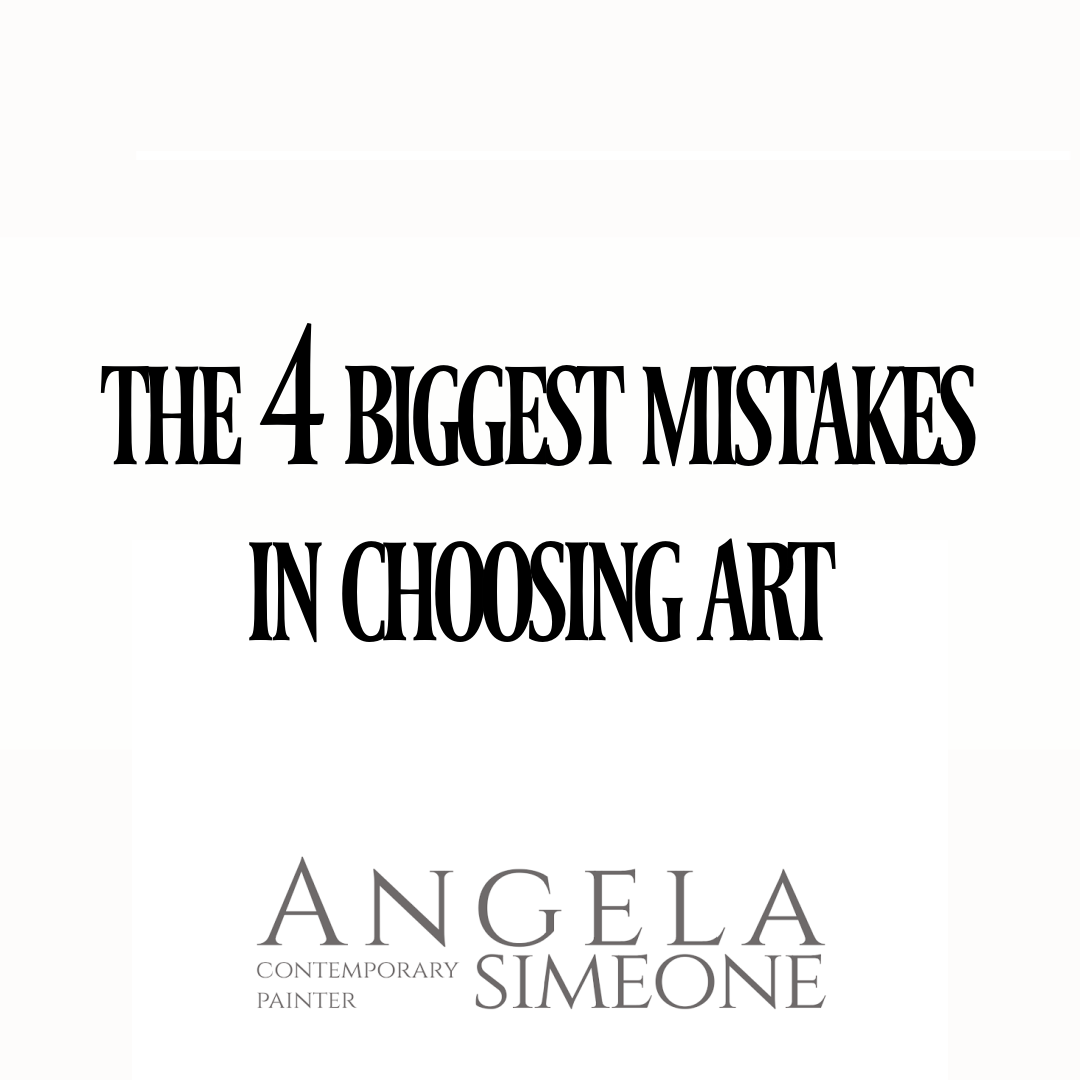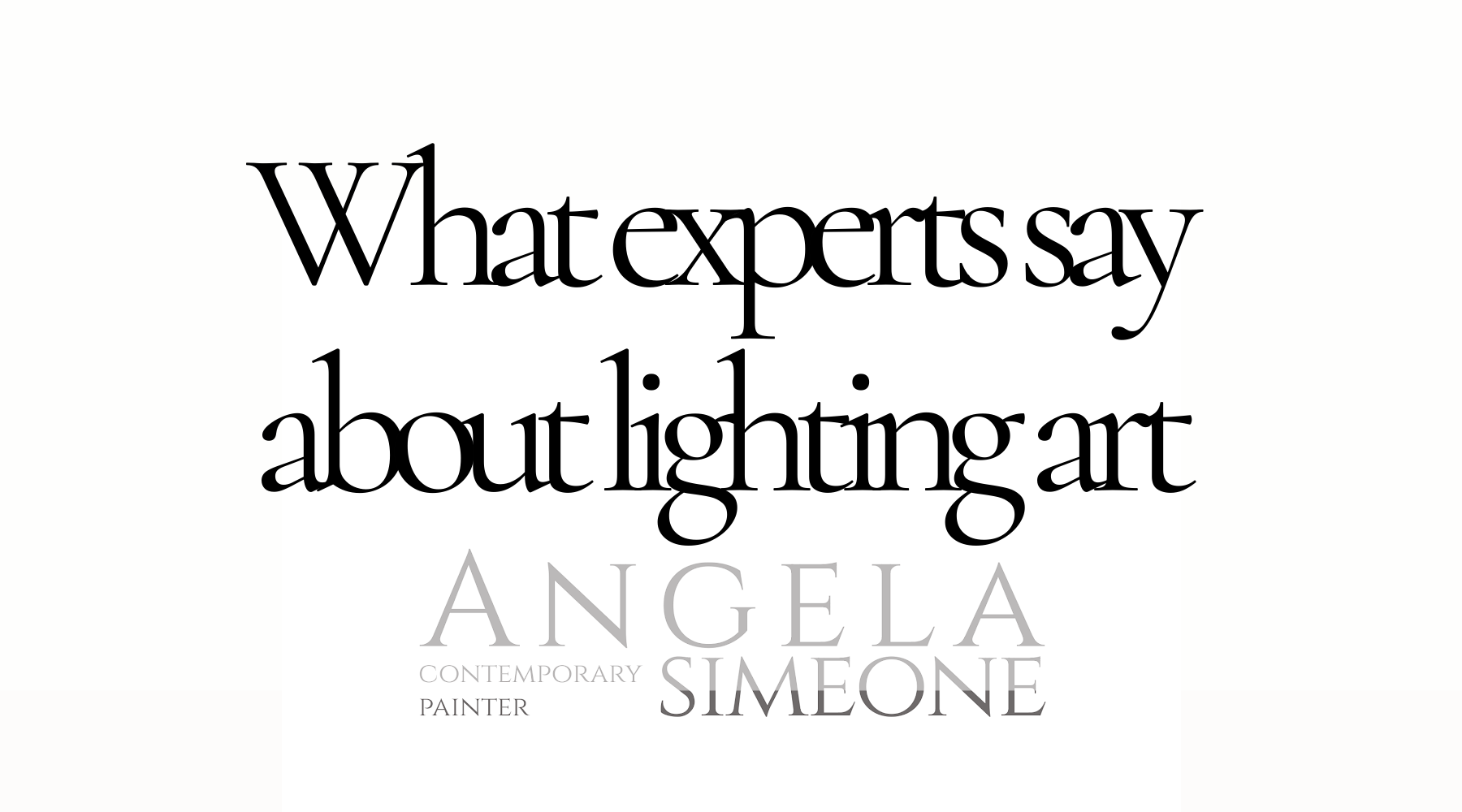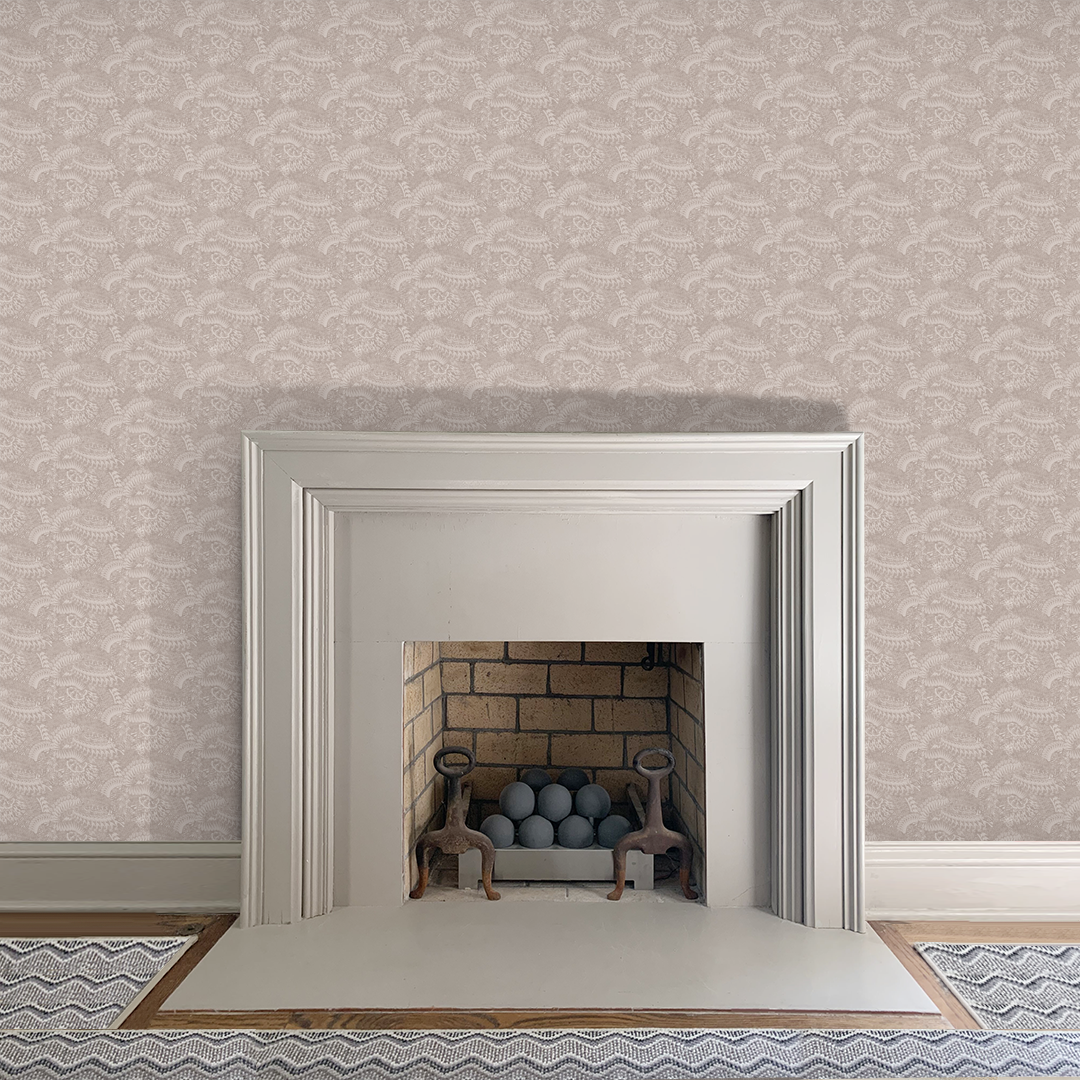
The 4 Biggest Mistakes People Make When Choosing and Hanging Art
The 4 Biggest Mistakes People Make When Choosing and Hanging Art (and How to Fix Them Instantly)
Art isn't just decoration—it's the soul of a room. It can transform a bland space into something personal, inspiring, and cohesive. Yet, so many people stumble over common pitfalls when selecting and placing artwork in their homes. Drawing from interior design principles, I've expanded on these four major mistakes with practical advice, real-world examples, and expert-backed fixes. Whether you're revamping your living room or starting fresh, avoiding these errors will elevate your space effortlessly.
Mistake 1: Buying Art That's Too Small
One of the most frequent blunders is underestimating the scale of art needed for a space. Tiny pieces get lost on large walls, making the room feel unbalanced and underwhelming. Instead of filling the visual void, small art can make furniture look oversized and the overall design incomplete.
The fix? Use a simple rule of thumb: Your artwork should span about 2/3 to 3/4 (or even up to 4/5) of the width of the furniture it hangs above. For an 84–96-inch sofa, aim for a painting or arrangement that's 56–80 inches wide. This could mean a single large piece, a diptych (two panels), or a triptych (three panels) that collectively hits that measurement. This proportion creates harmony and draws the eye naturally.
To implement this instantly:
- Measure your furniture first—don't guess.
- If you're shopping online, use tools like augmented reality previews to visualize scale.
- For gallery walls, treat the entire grouping as one unit and apply the same ratio.
Consider a standard 8-foot couch: Opt for art around 48–72 inches wide to avoid that "floating" look. Oversized art might seem intimidating, but it adds drama and makes ceilings feel taller.
https://www.elledecor.com/design-decorate/color/a63832973/living-room-paint-color-ideas/
Mistake 2: Trying to Match Colors Exactly Instead of Relating Them
Many homeowners obsess over finding art that perfectly matches their throw pillows, rugs, or wall colors. This "matchy-matchy" approach often results in a flat, uninspired room that feels overly coordinated—like a showroom rather than a lived-in home.
Shift your mindset to "relating" colors: Pull subtle tones from the art that appear just 5–10% in the piece and echo them in your decor. This creates intention without forcing uniformity. For instance, if your painting has a dominant blue with hints of soft gray, incorporate that gray in accents rather than matching the blue verbatim. Art can even introduce contrast—think black-and-white pieces in a colorful room for added depth.
Quick fixes:
- Start with the art as your inspiration, then build the room around its palette.
- Use the 60-30-10 rule: 60% dominant color (walls/floors), 30% secondary (furniture), and 10% accents (from the art).
- Mix styles: Pair abstract art with traditional decor for a eclectic vibe that feels curated.
This method ensures the space feels cohesive yet dynamic, avoiding the trap of everything blending into monotony.
Mistake 3: Hanging Art at Gallery Height
Galleries hang art high to accommodate crowds and lighting, but in homes, this leaves pieces feeling disconnected and out of reach. If your art is too elevated, it disrupts the flow and makes the space feel cold.
The home-friendly standard? Center the artwork at 57–60 inches from the floor to the middle of the piece—this aligns with average eye level for comfortable viewing. In your own space, adjust slightly based on ceiling height or household averages (e.g., 58 inches works well for many).
Instant adjustments:
- When above furniture, leave 6–8 inches of space between the art's bottom and the furniture top to connect them visually.
- For standing rooms like hallways, go a bit higher (up to 60 inches); in sitting areas, lower it slightly.
- Use a level and painter's tape to mock up placements before hammering nails.
This tweak makes art feel integrated, not like an afterthought.
Mistake 4: Forgetting the Emotional Impact of Art
Art selection often focuses on aesthetics alone, ignoring how it influences the room's mood. Without considering the desired feeling—calm, energized, or sophisticated—you might end up with pieces that clash with the space's purpose.
Ask: What vibe do I want? For calm, opt for moody indigo layers with subtle abstracts; for energy, choose joyful coral gestures or vibrant pops. Colors play a key role—blues soothe, reds invigorate—transforming productivity or relaxation.
To fix it now:
- Match art to room function: Calming hues for bedrooms, motivating ones for offices.
- Layer moods: Mix subtle pieces in minimalist spaces or bold ones in social areas.
- Test with temporaries: Hang posters first to gauge the emotional shift.
By prioritizing feeling, art becomes a mood enhancer, making your home more intentional.
https://www.architecturaldigest.com/gallery/blue-bedroom-ideas)
Final Thoughts
Avoiding these mistakes doesn't require a design degree—just mindful choices grounded in proven rules. Start small: Measure your spaces, relate colors thoughtfully, hang at eye level, and choose art that resonates emotionally. Your home will feel more polished and personal in no time. Ready to refresh? Grab a tape measure and let your walls tell a story!





